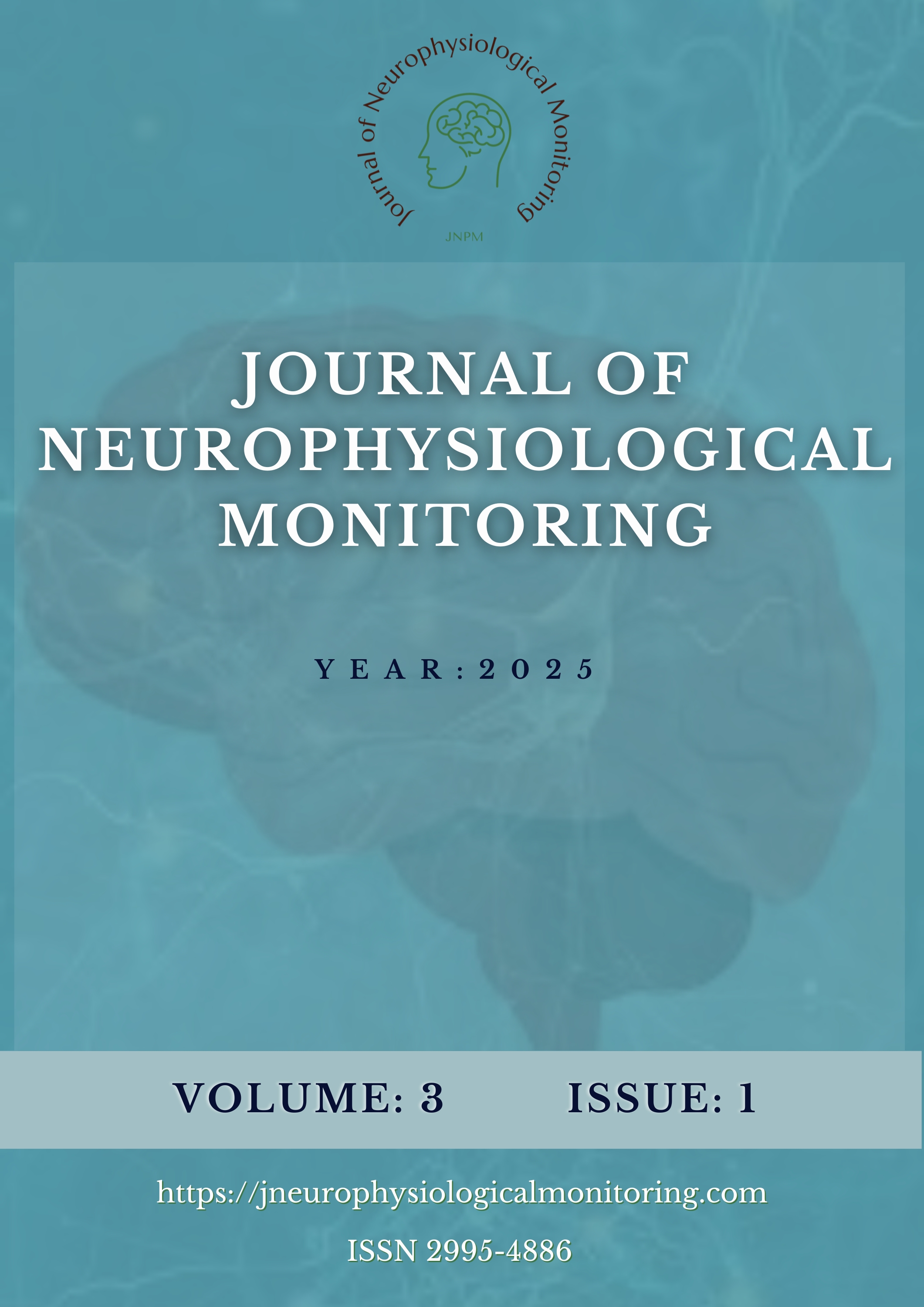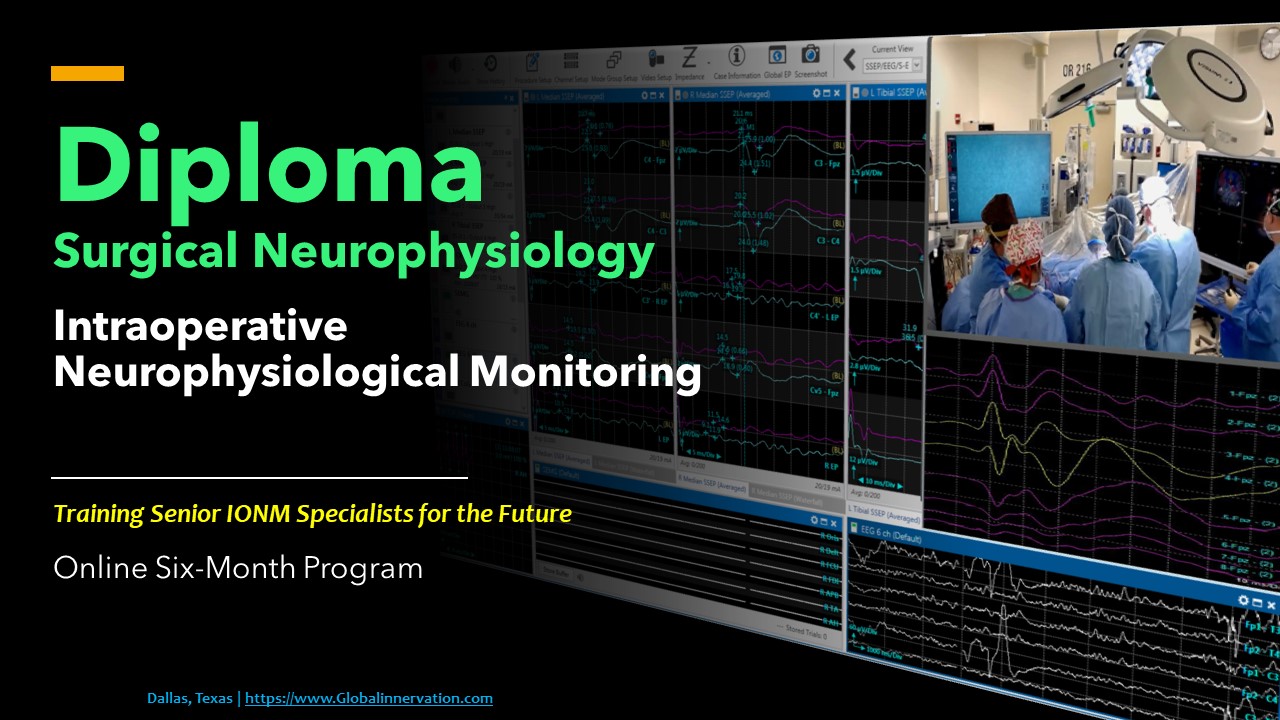The Science Behind TCeMEPs: Transcranial Electrical Motor Evoked Potentials. Part 1
DOI:
https://doi.org/10.5281/zenodo.15264928Keywords:
IONM, MEP, SSEP, TIVA, neuromonitoring, spine, brain, neurophysiology, neuroscience, surgeryAbstract
In the Intraoperative Neurophysiological Monitoring (IONM) world, few tools are as crucial to providing real-time motor function assessment as Transcranial Motor Evoked Potentials (TCeMEPs). They provide neurophysiological assessment of the motor fibers to assist clinicians in monitoring the integrity of the descending motor pathways, namely the corticospinal tract responsible for voluntary motor sequences. TCeMEPs are used throughout various procedures, such as during complex spine surgeries, brain tumor resections, brainstem surgeries, and any procedure involving the potential for motor function integrity loss.
References
Jahangiri, F. R. (2012). Surgical Neurophysiology: A Reference Guide to Intraoperative Neurophysiological Monitoring, 2nd ed. Self-publishing, North Carolina.
Deletis, V., & Sala, F. (Eds.). (2008). Intraoperative Neurophysiological Monitoring in Neurosurgery. Springer.
Macdonald DB, Skinner S, Shils J, Yingling C; American Society of Neurophysiological Monitoring. Intraoperative motor evoked potential monitoring - a position statement by the American Society of Neurophysiological Monitoring. Clin Neurophysiol. 2013 Dec;124(12):2291-316. doi: 10.1016/j.clinph.2013.07.025.
Downloads
Published
How to Cite
Issue
Section
License
Copyright (c) 2025 J of Neurophysiological Monitoring

This work is licensed under a Creative Commons Attribution 4.0 International License.





